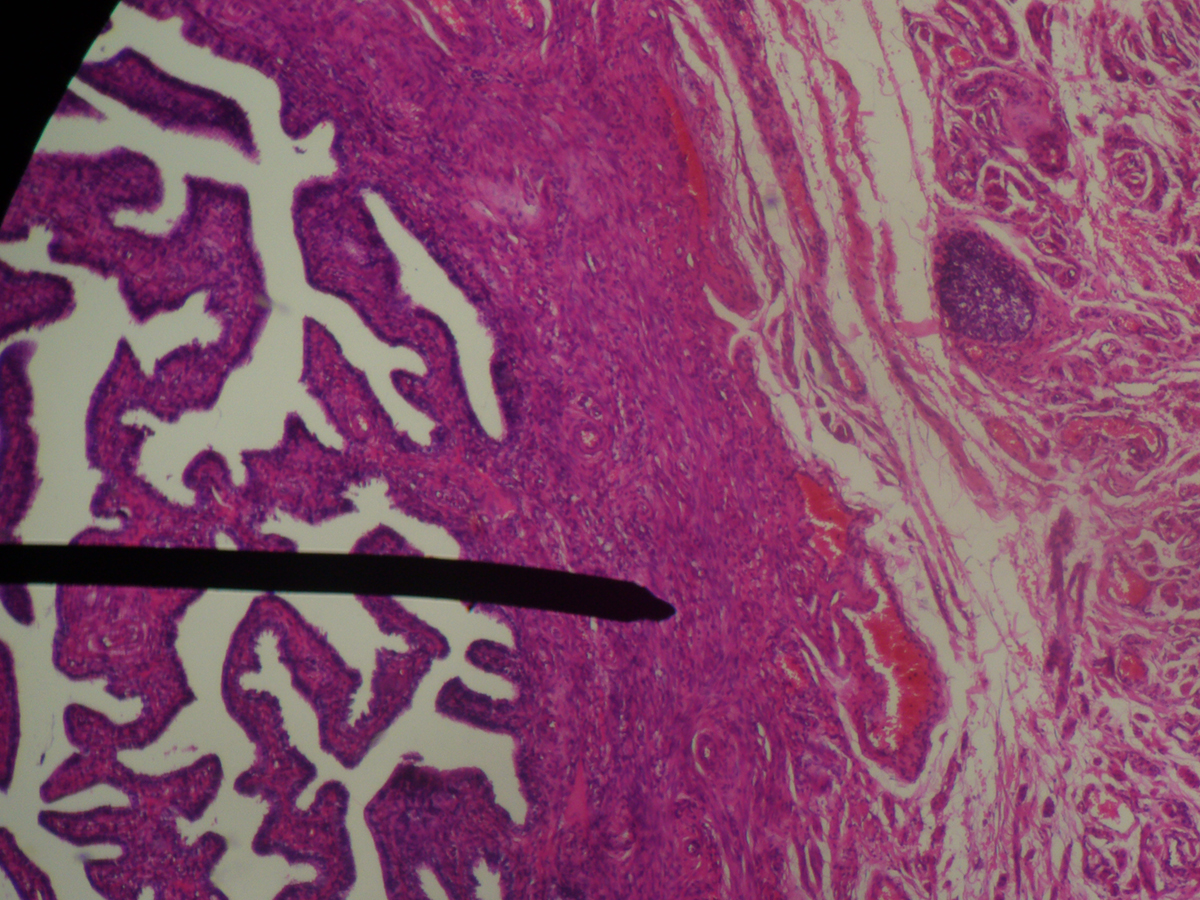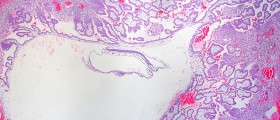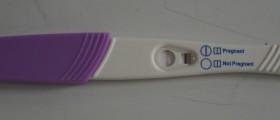
Blocked Fallopian Tubes
Fallopian tubes are female reproductive organs and their primary function is to capture the egg after ovulation and they are the space where fertilization occurs. Once the egg has been fertilized tube contracts and ejects the fertilized egg into the uterus where it is supposed to be implanted.
In some women the previously mentioned actions are not possible because fallopian tubes are blocked. Blockage of fallopian tubes, therefore, significantly interferes in fertilization and implantation of the egg. It is one of the leading causes of female infertility. Luckily this condition is treatable and there are several different approaches which can successfully unblock the fallopian tubes.
Symptoms of Blocked Fallopian Tubes
Blockage of fallopian tubes interferes in several processes including ovulation, pregnancy and menstrual cycle. The problem in any of the mentioned processes may point to the presence of tubal blockage.
Irregular ovulation may occur due to tubal blockage. Furthermore, blocked fallopian tubes can also cause problems with menstrual cycles. Even intensive pain during menstrual bleeding can be associated with tubal blockage. And finally, blockage of both fallopian tubes practically leads to impossibility of one to conceive. And finally, women who suffer from tubal blockage are at higher risk of developing ectopic pregnancy comparing to women whose fallopian tubes are passable.
Causes of Blocked Fallopian Tubes
Blockage can be caused by several illnesses such as pelvic inflammatory disease, previous ectopic pregnancy, endometriosis, infections, and peritonitis. Blockage can be a consequence of previous surgeries of reproductive organs. It may also occur after tubal ligation procedures. In majority of cases blocked fallopian tubes are dilated and filled with fluid or pus. This condition is medically known as hydrosalpinx.
Treatment for Blocked Fallopian Tubes
The diagnosis of blocked fallopian tubes is set after certain examinations such as exploratory laparoscopic surgery, hysterosalpingogram and pelvic ultrasound. There are several treatment modalities which may help patients whose tubes are blocked. Salpingostomy is a procedure in which a new opening on the fallopian tube is made and it is usually done at the end which is closer to the ovaries.
Tubal reanastomosis is performed in case the fallopian tube has been damaged. The damaged part is resected and remnant healthy parts are connected. Fimbrioplasty is basically performed in case of the presence of scar tissue in the area of the tube closest to the ovaries. This procedure includes upgrading of the fringed tubal ends. Salpingectomy is complete removal of the affected tubes. It is only performed with one goal, to improve chances of in vitro fertilization. And finally, selective tubal cannulation is applied in case that blockage occurs closer to the uterus.















_f_280x120.jpg)
Your thoughts on this
Loading...